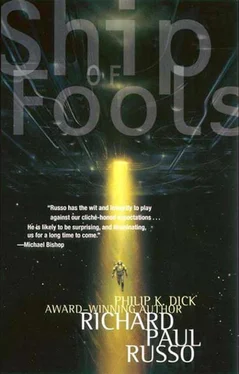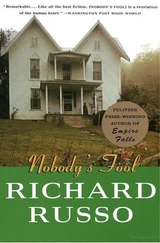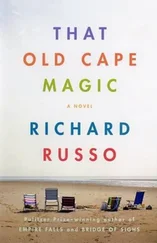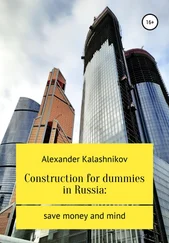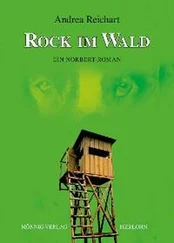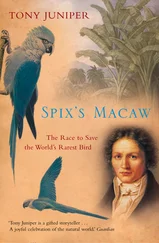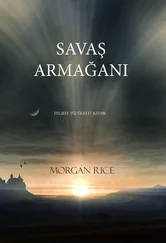By mutual consent, we examined the building we’d landed on first. We could not find a way in. It was rectangular, four meters high, about twenty meters in length, and fifteen in width, constructed of a black, plastic-like material; there were no doors or windows, no openings of any kind. There had been no openings on the roof, either. Marcus wanted to use the stone burners to melt our way inside, but Father Veronica and I argued successfully against it. With no way to know what was in those buildings, using the stone burners would be risky—a good way to get ourselves killed in an explosion of some sort. We moved on.
Each building was more of the same, or close enough. Burning our way from one structure to another was slow going, and then we found buildings with no access, or buildings with doors that, when forced open, revealed empty, abandoned rooms.
Halfway through the afternoon, exhaustion growing, Father Veronica and I gave in and began using the breathers. Even with the aid of oxygen, the more we explored this place, the stranger we felt. None of it made sense. The empty buildings were completely empty except for thick, oozing mud, tangles of green and purple vines, clumps of rotting vegetation. The emptiness was unsettling. Although some of the buildings had doors, not a single one had any windows or outer openings for ventilation, despite what appeared to be ventilation screens inside some of the buildings.
I have no idea how many buildings we examined by the time the dim light began to fade even further. All of us were dazed, and we knew we had to quit soon.
Then we came across the strangest building of all. It was located in the center of the site, and its walls were all glass, or something like glass. The building was star-shaped, seven-pointed. Although darkness was falling, with our hand torches we could see inside. In the points: machinery and cables and padded benches; hanging baskets that seemed to be chairs of some kind; oblong metal containers, shiny reflections of liquid inside them; floor-to-ceiling tubes fluorescing in the light of our torches. In the central area: a broken ring of instrument panels and consoles; amazingly, there were lights glowing in some of the panels—green, amber, and one blinking crimson in the dark.
We found the doorway, then stood facing each other. “Tomorrow would be best,” I suggested. We were exhausted, and this would probably take some time. The others agreed. But as they turned away and started back, I thought I saw a silver, ghostlike form drift through the central section. I stood there a long time, studying the interior, but didn’t see anything more. I told myself it was exhaustion, but I didn’t quite believe it.
NOTHINGfelt right the next day, not from the moment we once again left the flyer. There was the steaming, oppressive heat, everything wet and dripping though it was no longer raining, and there were strange whimpering noises; a long, haunted caw; incredibly loud clicking sounds: the only signs of animal life in this jungle.
We were all wearing breathers, and we climbed down the vine-choked trees to reach ground level, then made our way slowly toward the star-shaped building near the center of this… what? Town? Settlement? Industrial complex? Memorial? We still didn’t know. Perhaps when we explored the building we would have a better idea.
When we reached the central building, we worked our way to the door we had identified the day before. It was mostly glass, like the walls. Marcus raised his stone burner, but I stopped him before he could fire the weapon.
“Wait,” I said, my hand on Marcus’s arm. I took hold of the metal door handle, pushed, then pushed harder, but nothing happened. Then I pulled instead, and the door swung easily open. After pausing for a few moments, I stepped inside.
Though stale, the air was cooler and lighter, and we no longer needed the breathers. I led the way on a cursory inspection of the star sections. We felt obligated to do so, although all of us were anxious to move on to the central area and the still-functioning machinery. We briefly examined the furniture, the tables and desks, and the hanging, cushioned baskets that seemed like strange, hovering chairs; we stepped over massive cables, some of them no longer connected to anything at either end; we peered into half-filled metal vats, wondering at the composition of the liquid and its purpose; we noted shredded fabric hanging from the ceiling and dried tracks of color smeared on some of the glass walls.
Finally we came full circle back to the open door. Once again I took the lead, and we moved toward the central section. There was a broken ring of consoles ten meters across, seven equal sections divided by narrow, shallow steps leading down toward a central circular section slightly lower than ground level. Colored lights glowed and flickered on the consoles—tiny amber squares, rotating green spirals, an occasional blinking red circle. But there were no markings, no words or characters or numbers, no dials or toggles or buttons. What purpose could all this serve?
“Is it real?” I wondered aloud.
“What do you mean?” Marcus asked. He tapped at one of the consoles with his stone burner, producing a loud ringing. “We’re not imagining this.”
“He’s suggesting it might be a mock-up,” Father Veronica said; I nodded. “Empty metal casings with some lighted displays. Not connected to anything.”
“Why would anyone do that?”
I shrugged. I pointed at a metal handle attached to a circular cap on the floor, by the bottom step nearest me. “Looks like an air-lock handle,” I said. “And look.” There were six others, one at the bottom of each set of steps.
I walked awkwardly down the steps—they were unnaturally shallow and long, and my club foot was no help. I crouched beside the handle, gripped it, and twisted. It turned easily one quarter revolution, then would go no farther.
We waited, looking around, but nothing happened. “Let’s try all of them,” I said.
The others descended the steps and fanned out, each to a handle, I to a second. Four more handles turned one quarter revolution each. Still nothing; Trude and I moved to the last two. Looking at each other, we turned them almost in unison.
The floor opened up, dilating. Fortunately none of us had gone farther than the handles so no one dropped through the hole now forming in the center of the building.
No, not a hole exactly, for there was a spiral flight of stairs leading eight or nine meters down to a dimly lit floor.
Father Veronica was closest to the stairs, so she started down first, and we followed. Our steps echoed with a muffled quality which sounded unnatural. The air was musty, as if it had been trapped for decades.
We gathered at the bottom before the outline of a wide door in the wall. There was a simple, metal handle. Father Veronica gripped it, pulled upward, and pushed the door. There was resistance at first, then the door swung inward; at the same time there was a sound like a giant breathing in, and a breeze was drawn past us into whatever rooms lay beyond the door.
A loud and terrible racket erupted, clattering sounds like dozens of hollowed stone wind chimes, and lights were coming on, spitting and flashing into life, nearly blinding us. Then the stench hit us, working its way against the breeze still blowing inward, not quite overwhelming, but strong and invasive, sticky sweet and rotting and musty and acrid burning all at once, driving its way through our nostrils and into our brains.
We stood stunned and unmoving, and now, finally, we were starting to make out with blinking and stinging eyes what it was that filled the vast chamber beyond the wide, open doorway….
Bones.
Читать дальше
